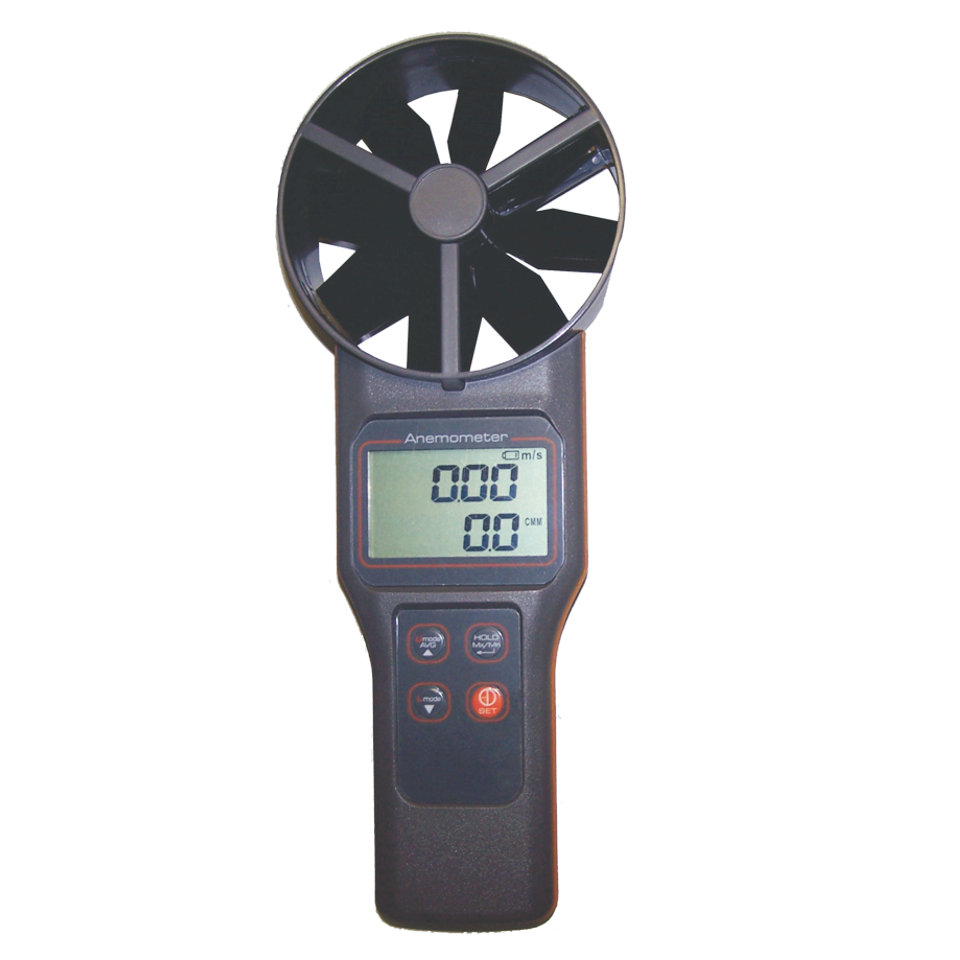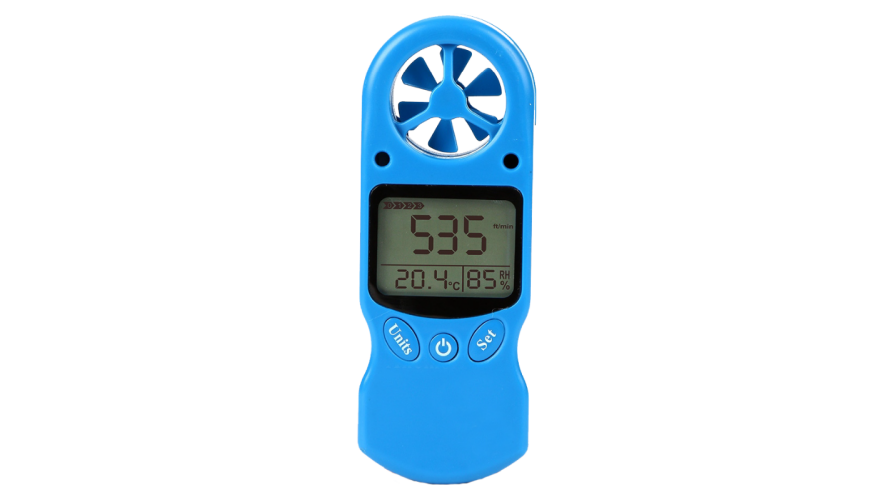Discovering the Functions and Advantages of Anemometers for Weather Lovers and Experts
From mug anemometers to sonic anemometers, each kind brings its distinct collection of applications and benefits, dropping light on different facets of climatic conditions. As we dig right into the features and benefits of anemometers, a deeper understanding arises not only of prevailing weather condition phenomena however additionally of the broader implications for industries like wind power production and environmental study.
Value of Anemometers in Weather Condition Surveillance
Anemometers play an important function in weather condition tracking by offering precise dimensions of wind rate, helping in forecasting and understanding weather condition patterns. These instruments, varying from typical mug anemometers to modern ultrasonic anemometers, are crucial for meteorologists, scientists, and weather fanatics alike.

Kinds of Anemometers and Their Applications
The most usual types of anemometers include cup anemometers, vane anemometers, hot-wire anemometers, and ultrasonic anemometers. Mug anemometers consist of 3 or 4 mugs mounted on straight arms that rotate with the wind, determining its rate. Vane anemometers, on the other hand, utilize an easily rotating vane to line up with the wind direction, offering both wind rate and instructions dimensions.
Each kind of anemometer has its special benefits and applications. Cup anemometers are durable and ideal for basic weather condition tracking, while vane anemometers are favored for directional dimensions. Hot-wire anemometers are sensitive to reduced air rates, making them ideal for indoor settings. Ultrasonic anemometers are non-intrusive and offer high accuracy, typically used in research study and specialized weather tracking applications. Understanding the characteristics and applications of each kind of anemometer is essential for selecting one of the most suitable tool for details weather condition keeping an eye on needs.
Benefits of Using Anemometers in Forecasting
In weather forecasting, the application of anemometers provides invaluable advantages for enhancing the accuracy of weather condition forecasting. Anemometers gauge wind rate and instructions, giving essential information for anticipating climate patterns. By including wind data right into forecasting models, meteorologists can much better understand the motion of weather condition systems, anticipate changes in atmospheric conditions, and concern much more accurate projections.
Furthermore, anemometers play an essential function in analyzing prospective weather condition risks. Monitoring wind rates helps forecasters anticipate serious climate occasions such as hurricanes, hurricanes, and winter months tornados with greater accuracy. This very early warning system allows authorities to provide timely alerts and execute essential safety measures, decreasing the threats to life and residential or commercial property.
Additionally, anemometers help in optimizing renewable resource production. By analyzing wind patterns, meteorologists can identify appropriate places for wind farms and anticipate power outcome, adding to the effective generation of wind power.

Anemometers in Wind Power Manufacturing
Given the vital duty anemometers play in providing accurate wind data for climate projecting and risk assessment, their significance encompasses the realm of wind power production. Anemometers are essential instruments in the area of wind power, where the measurement of wind rate and instructions is essential for establishing the usefulness and efficiency of wind turbine installments. By precisely determining wind rates at differing elevations, anemometers assist enhance the placement and layout of wind turbines to optimize energy result.
In wind farms, anemometers are strategically placed to accumulate real-time wind information why not look here that is used to assess the prospective power production of a website. This information contributes in determining the financial practicality of wind energy tasks and in forecasting energy generation to make sure grid security. In addition, anemometers help in keeping an eye on wind problems to enhance turbine performance, protect against damage from high winds, and make certain the safety of workers operating in the vicinity of wind generators.
Enhancing Weather Condition Recognizing With Anemometers

Anemometers play an essential duty in improving our understanding of microclimates. These local weather conditions can vary considerably from more comprehensive local forecasts, making it vital to have exact data for certain locations. anemometer. By strategically putting anemometers in various areas, scientists can gather in-depth info on how wind behaves in various surfaces, metropolitan environments, or bodies internet of water
Furthermore, anemometers add to enhancing weather forecasting designs by offering real-time information on wind habits. This details is particularly valuable for anticipating extreme climate occasions, maximizing farming practices, and sustaining industries like aviation and maritime navigation. In general, anemometers are very useful instruments that enable us to dive deeper into the complexities of climate systems, eventually bring about even more exact predictions and better-informed choices.
Final Thought
In verdict, anemometers play an essential role in weather monitoring and projecting by measuring wind speed and instructions. Anemometers additionally have applications in wind power production, more highlighting their importance in both meteorology and eco-friendly energy sectors.
From mug anemometers to sonic anemometers, each kind brings its unique collection of applications and advantages, shedding light on different facets of atmospheric problems. These instruments, ranging from traditional mug anemometers to modern-day ultrasonic anemometers, are crucial for meteorologists, scientists, and weather condition fanatics alike. The most usual types of anemometers include cup anemometers, vane anemometers, hot-wire anemometers, and ultrasonic anemometers. Cup anemometers are robust and ideal for basic weather monitoring, while vane anemometers are favored for directional dimensions. Anemometers are crucial tools in the area of wind check energy, where the dimension of wind speed and instructions is vital for figuring out the expediency and performance of wind generator installations.